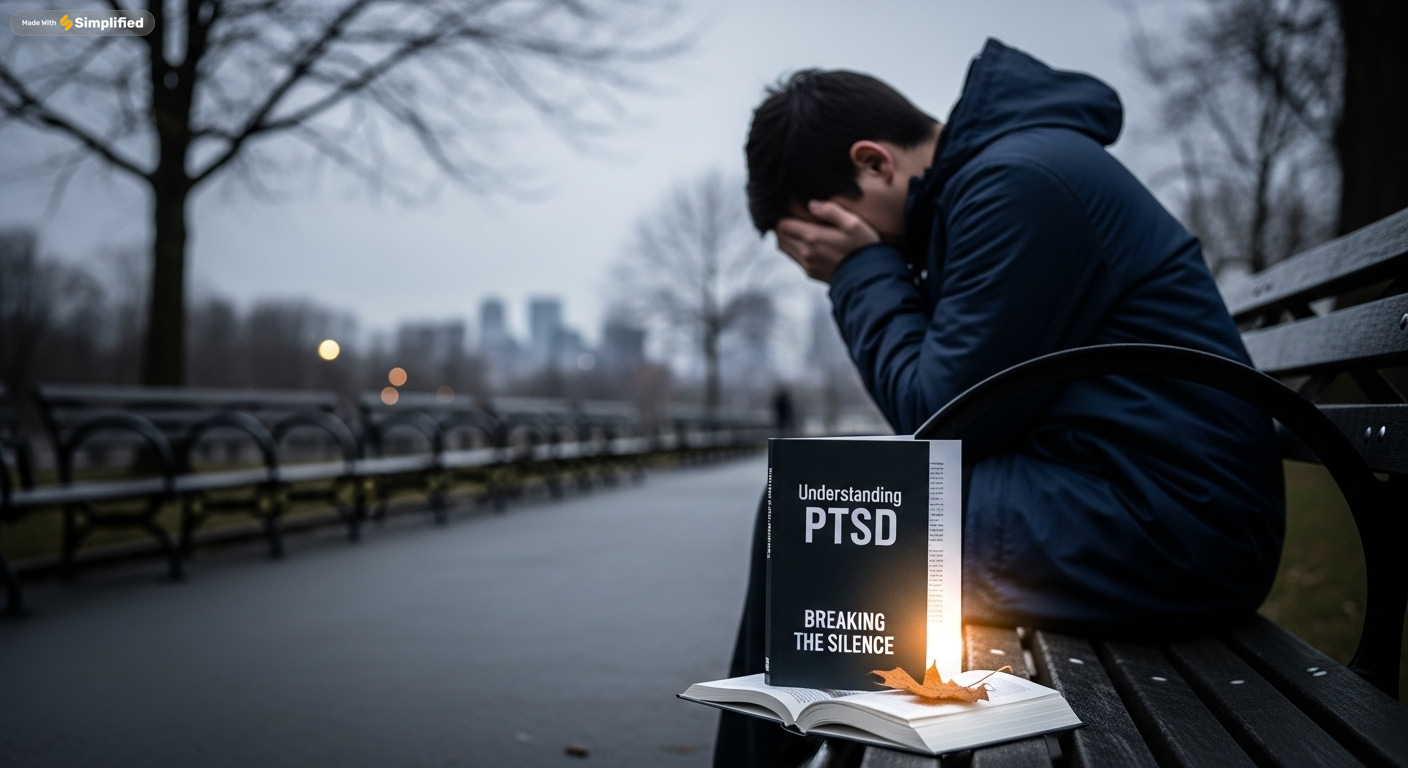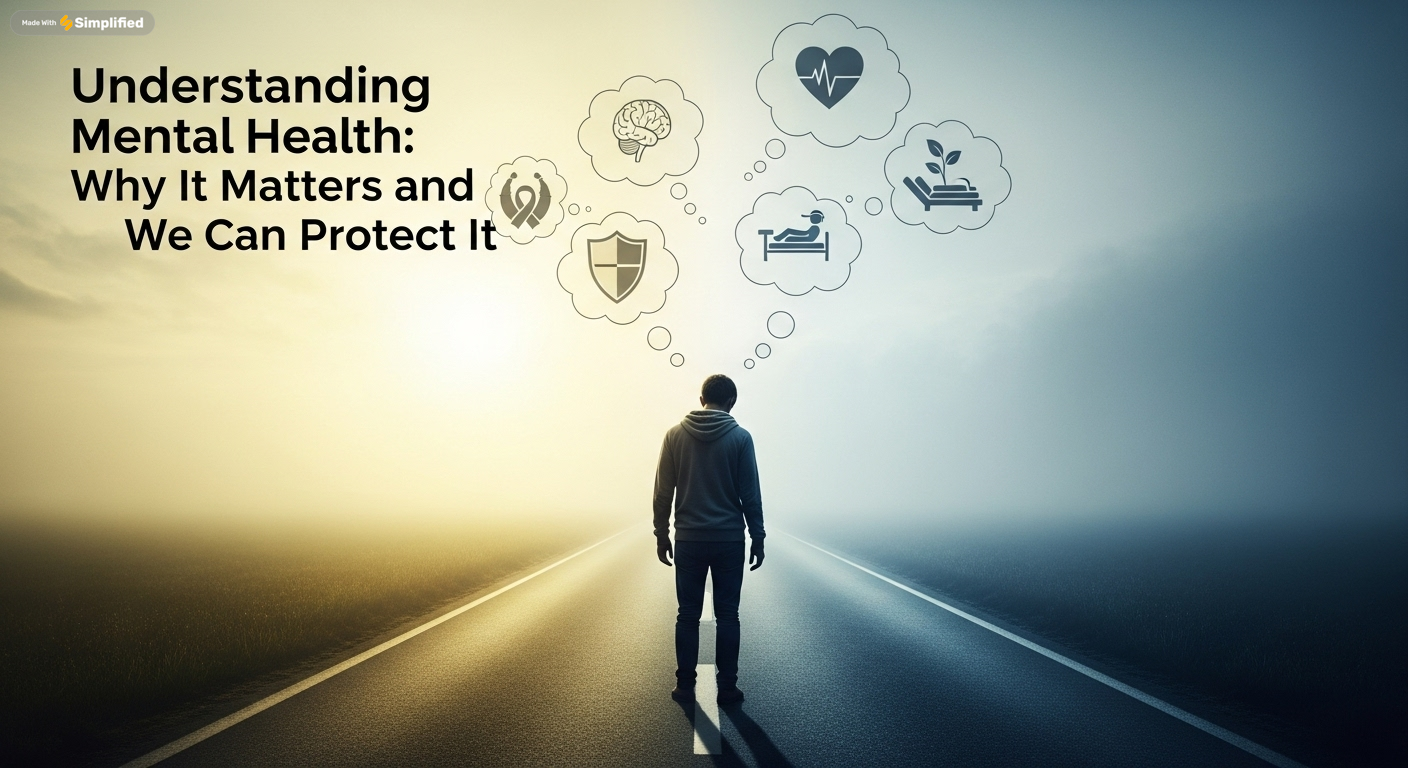
Understanding Post-Traumatic Stress Disorder (PTSD): Breaking the Silence
Mental health has many faces, and one of the most misunderstood conditions is Post-Traumatic Stress Disorder (PTSD). While often associated with military veterans, PTSD affects people from all walks of life who have experienced traumatic events such as accidents, natural disasters, abuse, or sudden loss. This article explores what PTSD is, its symptoms, risk factors, treatment options, and how society can help break the stigma surrounding it.
PTSD is a mental health condition that develops after experiencing or witnessing a traumatic event. Not everyone who faces trauma will develop PTSD, but for those who do, the effects can be life-altering. The brain essentially remains stuck in "survival mode," making it difficult to process the event and return to a sense of safety.
Common Symptoms of PTSD
PTSD symptoms typically fall into four categories:
Intrusive Memories
Flashbacks or reliving the traumatic event.
Nightmares and distressing dreams.
Intense emotional or physical reactions when reminded of the trauma.
Avoidance
Avoiding places, people, or activities that trigger memories of the trauma.
Emotional numbness and detachment from loved ones.
Negative Changes in Thinking and Mood
Persistent negative beliefs about oneself or the world.
Feelings of guilt, shame, or hopelessness.
Loss of interest in activities once enjoyed.
Changes in Physical and Emotional Reactions
Irritability, anger outbursts, or aggressive behavior.
Trouble sleeping or concentrating.
Feeling constantly on edge or easily startled.
Symptoms may appear within weeks of the trauma, but in some cases, they surface months or even years later.
Who Is at Risk?
Anyone can develop PTSD, but certain factors increase vulnerability:
Experiencing multiple or severe traumas.
Lack of a strong support system.
History of anxiety, depression, or other mental health issues.
Early exposure to abuse or neglect in childhood.
High-stress occupations, such as first responders, military personnel, or healthcare workers.
The Impact of PTSD
PTSD doesn’t just affect the individual—it ripples out to families, friendships, and workplaces. Relationships may strain due to emotional withdrawal or anger. Work performance may decline due to difficulty concentrating. In severe cases, individuals may struggle with substance abuse or suicidal thoughts.
The invisible nature of PTSD often makes it harder for others to understand. Unlike a broken bone, the symptoms are not physically visible, which can lead to judgment or disbelief.
Treatment Options
Fortunately, PTSD is treatable. With the right interventions, individuals can regain control of their lives.
Psychotherapy (Talk Therapy)
Cognitive Behavioral Therapy (CBT): Helps identify and reframe negative thought patterns.
Exposure Therapy: Gradually reduces fear by safely confronting trauma-related memories and situations.
Eye Movement Desensitization and Reprocessing (EMDR): Uses guided eye movements to help reprocess traumatic memories.
Medication
Antidepressants (such as SSRIs) can help reduce anxiety, depression, and insomnia.
Medication may be combined with therapy for better outcomes.
Lifestyle and Self-Care
Regular exercise, mindfulness, and relaxation techniques.
Building strong social connections for emotional support.
Avoiding alcohol and drugs, which can worsen symptoms.
Supporting Someone With PTSD
If a loved one is struggling with PTSD, support plays a crucial role. Here are some ways to help:
Listen without judgment. Allow them to share at their own pace.
Encourage treatment. Offer to help find resources or accompany them to appointments.
Be patient. Recovery takes time and may involve setbacks.
Learn about PTSD. Understanding the condition helps reduce frustration and miscommunication.
Breaking the Stigma
Stigma often prevents people from seeking help for PTSD. Society must work to normalize conversations about trauma and healing. Public awareness campaigns, workplace training, and educational programs can foster compassion and understanding.
When PTSD is viewed not as weakness but as a natural response to overwhelming stress, more individuals will feel safe reaching out for support.
Conclusion
Post-Traumatic Stress Disorder is not a life sentence. While it brings significant challenges, with proper treatment, coping strategies, and a strong support system, healing is possible. By breaking the silence and dismantling stigma, society can ensure that those living with PTSD know they are not alone—and that recovery is within reach.


